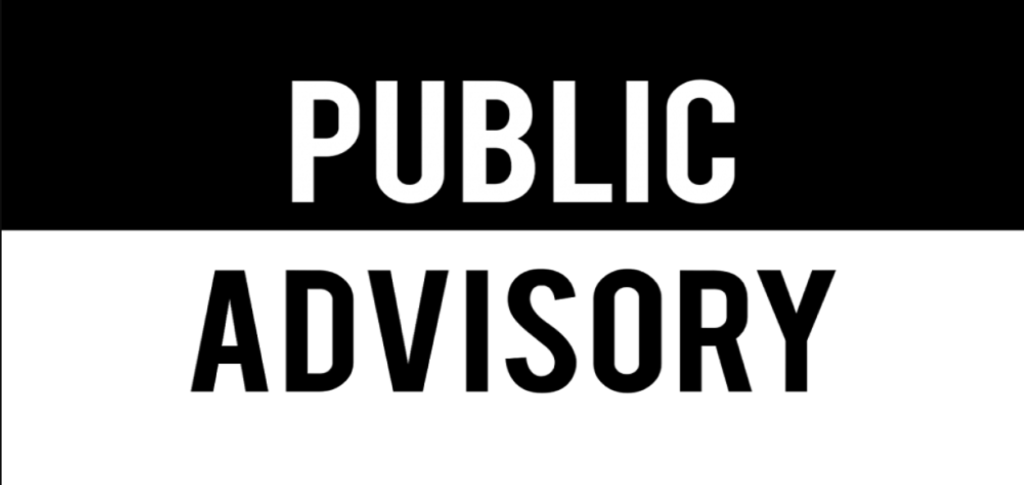
This advisory is issued to alert individuals, companies, and organisations to reported activities of a man widely referred to as “the Sheikh.” In this case, “Sheikh” is not an official title it comes from his given name, Cheick.
Over time, he has claimed to have family ties to Saudi and Moroccan royal families, to represent African governments in investment matters, and to hold influence with senior political figures. None of these claims have been independently verified, and in some cases the institutions named have denied any formal association.
A Consistent Operating Pattern
Multiple unrelated sources describe a recurring model:
1. Prestige Entry – Gains access to networks via formal events, diplomatic-style introductions, or respected intermediaries.
2. Claims of Influence – States royal or political connections, and positions himself as a government-appointed representative.
3. Project Pitch – Presents an ambitious initiative — infrastructure, trade, cultural exchange — promising high returns and strategic impact.
4. Document Display – Produces letters on official-looking letterheads or signed contracts to “prove” his authority. Some of these have later been found to be falsified or unauthorised.
5. Commitment Requests – Asks for upfront payments, resources, or introductions to other high-level contacts.
6. Critical Moment Disappearance – When the time comes to conclude, define, or execute the deal, he becomes unreachable, delays indefinitely, or shifts attention to a different venture.
Use of Letters and Contracts as Tools
A striking feature reported is his recycling of documents:
• Letters supposedly appointing him as a liaison or envoy are reused to approach other targets.
• Contracts signed in one context are shown to unrelated parties to create the impression of ongoing, legitimate projects.
• Official seals, stamps, and signatures — sometimes authentic, sometimes fabricated — are used without the consent of the issuing authority.
These documents serve as credibility props, enabling him to enter new negotiations by implying that other respected organisations or governments already trust him.
Target Range
His reported targets include:
• Private investors seeking entry into new markets.
• Business owners looking for government partnerships.
• Government-linked bodies exploring external funding.
The diversity of targets makes it difficult for victims to realise they are part of a broader pattern until much later.
Red Flags
Patterns observed across reports include:
• Emphasis on titles, affiliations, and connections before delivering any tangible work.
• Unverifiable claims of royal family ties or government mandates.
• Requests for upfront commitments without completed due diligence.
• Sudden disengagement when contracts are ready for execution or funds are due to be disbursed.
• Reuse of letters, contracts, and documents in unrelated contexts to convince new parties.
Risks of Engagement
Dealing with individuals operating in this manner carries substantial risks:
• Financial loss from unrecovered payments or expenses.
• Reputational harm from association with falsified documents or failed ventures.
• Loss of opportunity when time and resources are diverted from genuine projects.
Protective Measures
To reduce risk if approached:
1. Verify all claimed connections directly with the relevant institution.
2. Authenticate documents via official channels, not through the person presenting them.
3. Demand contracts with clear terms, deliverables, and dispute clauses before committing funds or resources.
4. Refuse upfront payments unless secured in escrow with independent oversight.
5. Cross-check references independently; avoid relying on contacts provided by the individual.
Current Status
As of this advisory, no formal charges have been brought against him. All allegations remain unproven and are subject to due process. However, the consistency and detail of multiple independent reports make it prudent for potential partners to conduct thorough due diligence before entering into any arrangement.
Disclaimer: This advisory is based on accounts from multiple credible sources and documentation under review. It is issued solely to provide information that may help prevent potential losses and to encourage thorough verification before engagement.
